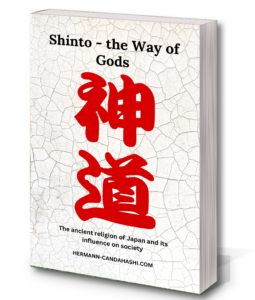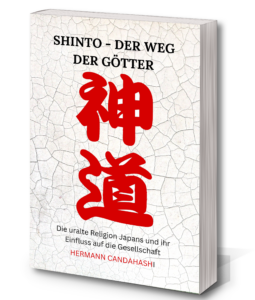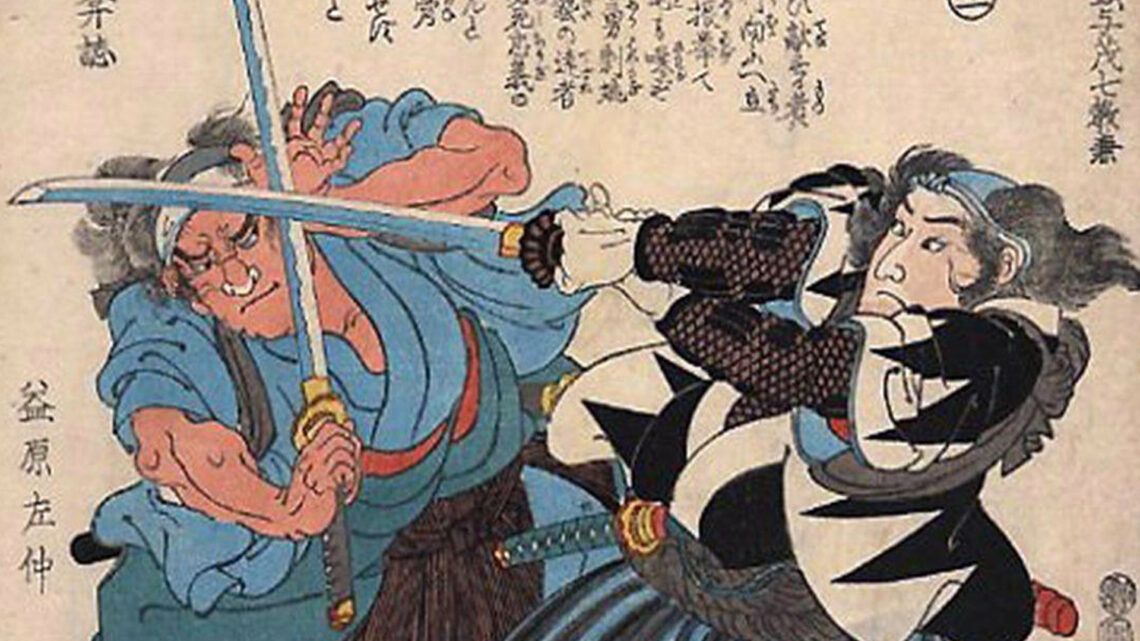
The Meaning of Gates in Shintoism
Shintoism is a traditional religion of Japan deeply rooted in the country’s culture and history. One of its distinctive features is the gate structures known as “Torii.” These red gates are often placed in front of shrines and sacred sites and hold special symbolic significance. In this article, we will explore the meaning and various aspects of gates in Shintoism.
Origin of Shintoism
The origins of Shintoism date back to ancient times in Japan. It is a polytheistic religion that worships nature deities.
Culture and Influence of Shintoism
Shintoism has a strong influence on Japanese culture, traditions, and festivals.
Many celebrations are closely connected to Shinto shrines.
The Significance of Torii & The Symbolism of the Color Red
The red color of Torii represents purity and protection from evil spirits.
It also serves as a marker of the boundary between the profane world and the sacred world of the shrine.
Torii as a Separation of Worlds
The Torii marks the transition from the ordinary world to the sacred world of the shrine.
When passing through a Torii, one symbolically leaves the everyday world and enters the realm of the divine.
In Shintoism, gates, also known as “Torii,” are significant symbolic representations and a characteristic feature of many Shinto shrines in Japan. These gates hold rich cultural and religious significance and play an important role in Shinto tradition.
Torii are traditional gates, mostly made of wood or stone, found at the entrances of shrines and sacred sites in Shintoism. They consist of two vertical pillars and at least one horizontal crossbar at the top. There are various types of Torii, ranging from simple, plain structures to elaborately designed and colorful ones.
The Torii hold symbolic importance as thresholds or transitions between the mundane world and the sacred world. Passing through a Torii means entering the sacred area inhabited by gods or spirits. It represents the transition from the everyday world to the spiritual world and expresses respect and reverence for the sacred.
In Shintoism, a distinction is made between “Tama” (soul-like energy) and “Nigi-mitama” (holy, peaceful energy). Entering the sacred area through the Torii symbolizes access to the pure, positive energy of the gods and separates the shrine from the world of humans and worldly problems.
Torii also serve as protective barriers, warding off evil spirits or negative influences that could harm the shrine or its visitors. By passing through the Torii, believers are believed to receive blessings from the gods and protection from misfortune and illness.
Furthermore, Torii have a practical function as they guide the way to shrines and sacred sites. They are often located at the entrance of a narrow road or path leading to the main shrine building.
In some festivals and ceremonies in Shintoism, Torii play an important role. For instance, they are sometimes adorned with rice paper and fabrics and used in processions or parades.
The tradition of Torii has a long history dating back to the Heian period (794-1185 AD). The use of gates in religious sites was influenced by China, but over time, Japanese Torii evolved into a unique and distinct feature of Shintoism.
In summary, gates in Shintoism, especially Torii, are not merely architectural elements; they also hold deep symbolic and religious meanings. They represent the transition from the mundane to the sacred world, provide protection and blessings, and are an integral part of spiritual practice in Shintoism.
The Significance of Torii in Architecture & Shrine Architecture
The position and number of Torii can vary and are an integral part of shrine architecture.
Some shrines have multiple Torii in a row, creating an impressive appearance. Traditional Torii are often made of wood, emphasizing their natural connection to nature. Modern Torii can also be made of stone or metal.
The Connection of Torii to Nature
Torii are often placed in picturesque environments, highlighting the connection between the divine and the natural world.
Shrines in the Mountains and Forests. Many shrines with Torii are located in remote mountain regions or forests.
This allows believers to have a spiritual experience amid nature.
In Shintoism, Torii are more than just architectural elements. They carry deep symbolic meaning and are an essential part of the spiritual experience for believers. The red gates mark the transition between the material world and the divine presence, serving as a reminder of the connection between humans and nature. By preserving these traditional practices and worshipping nature deities, Shintoism remains a significant religious force in Japan.
For more view my Book: SHINTO – THE WAY OF GODS


“shinto: the way of the gods – the ancient religion of japan and its influence on society” is a comprehensive examination of the shinto religion and its significance in japanese society. shinto, which literally means “way of the gods,” is one of the oldest religions in the world and has a profound influence on japanese culture, history, and identity.
in this book, we explore the origins of shintoism and the fundamental principles of this religion.
we take a look at the various types of shinto shrines and their significance as places of worship and purification. furthermore, we examine the diverse rituals and ceremonies practiced in shinto and how they shape the spiritual lives of people in japan.
tourism also plays a significant role in relation to shinto. many tourists from around the world visit japan to experience the impressive shinto shrines and participate in traditional ceremonies. we analyze the impact of tourism on shinto sites and the challenges they face.
furthermore, we consider interreligious dialogue and how shinto interacts with other religions in japan. there is a long history of coexistence and exchange between shinto, buddhism, and other religious traditions in japan, and we delve into these relationships in more detail.
lastly, we take a glimpse into the future of shinto. how will the religion evolve and withstand modern challenges and societal changes? what opportunities and potentials does shinto offer for shaping japan’s future?
“shinto: the way of the gods – the ancient religion of japan and its influence on society” provides a comprehensive and captivating exploration of shintoism and its influence on japanese society. it is intended for readers interested in religion, culture, history, and japanese society, offering deep insights into one of the most fascinating and influential religions in the world. immerse yourself in the world of shinto and discover its diverse facets and impact on japanese culture and identity.



